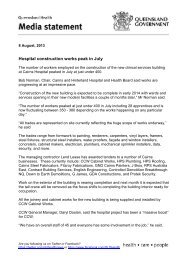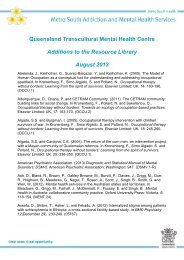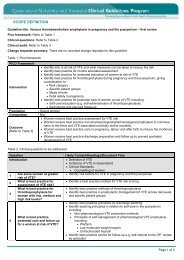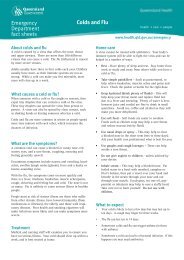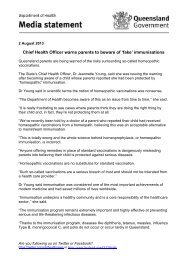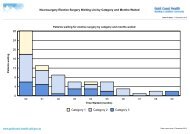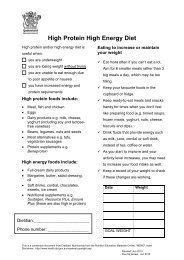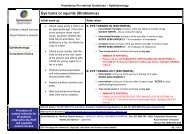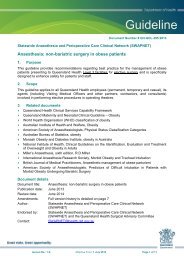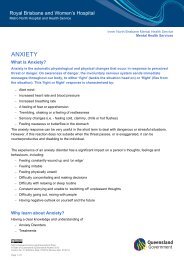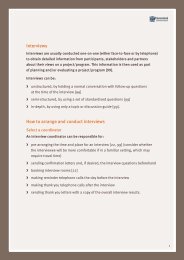Paediatrics - Queensland Health - Queensland Government
Paediatrics - Queensland Health - Queensland Government
Paediatrics - Queensland Health - Queensland Government
You also want an ePaper? Increase the reach of your titles
YUMPU automatically turns print PDFs into web optimized ePapers that Google loves.
Paediatric presentation<br />
Presentation<br />
• When a child presents for health care the clinician is required to gather an orderly<br />
collection of information to identify the patient’s health status. The following is essential<br />
to achieve this:<br />
-- taking a patient history<br />
-- performing standard clinical observations and other vital signs<br />
-- perform physical examination<br />
-- using diagnostic and pathology services, and<br />
-- collaboration with other members of the team<br />
-- note: not all children are at the same stage of development in areas of physical,<br />
cognitive and psychosocial development<br />
• It is a requirement that all clinicians document their findings in a clear and concise way.<br />
This section is set out to assist. It is recommended the page number of HMP / CCG is<br />
referred to in the documentation<br />
Types of history<br />
There are four types of history taking [3] See History and physical examination - adult<br />
History taking<br />
• The purpose of a full history is to ascertain the cause of the child's illness. A careful<br />
history will make the cause clear in the vast majority of cases.<br />
• The first priority is to assess whether the child is:<br />
-- seriously ill and needs immediate management or,<br />
-- is a non urgent presentation, and there is time for a complete patient history and<br />
health education<br />
• Obtaining a full history is done in conjunction with examining the patient<br />
-- In a sick child this entails a full assessment of all systems<br />
-- In a child who has a localised problem it is reasonable to examine the relevant<br />
system only. However, always be guided by the history and be prepared to examine<br />
other systems as necessary. This is particularly important for children who often<br />
present with generalised symptoms and signs<br />
-- Ask open ended questions<br />
-- Believe the carer<br />
Presenting concern<br />
• Ask the child or carer what the problem is<br />
• Ask about length of illness and exact details of symptoms and signs. For each symptom<br />
the following details are important [4]<br />
Site - where is the pain / symptom? does it go anywhere else?<br />
Onset - when did it start, gradual or sudden onset?<br />
Character e.g. sharp, dull or burning<br />
Radiation - does the pain radiate anywhere else?<br />
Alleviating factors - what makes it better e.g. sitting up, medicines?<br />
Timing - how long did it last, have they had it before?<br />
Exacerbating factors - what makes it worse?<br />
Severity - mild, moderate or severe pain. Pain score 0 - no discomfort to 10 - unbearable<br />
pain or use facial diagrams<br />
• Any associated symptoms e.g. nausea, vomiting, photophobia, headache<br />
-- always ask specifically about fever, pain, shortness of breath / rapid breathing,<br />
diarrhoea and / or weight loss, rash<br />
• Behaviour and activity during this illness<br />
-- is the child active / alert, sleepy or irritable? easy / difficult to wake?<br />
Primary Clinical Care Manual 2011 Controlled copy V 1.0 547



